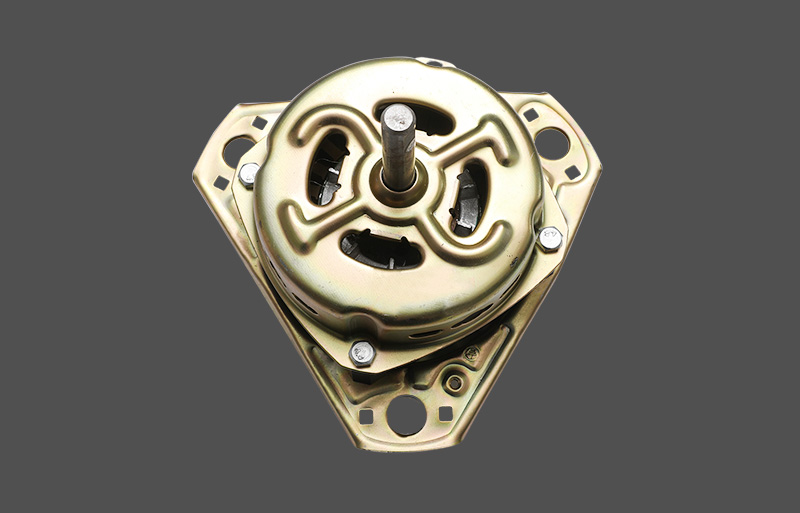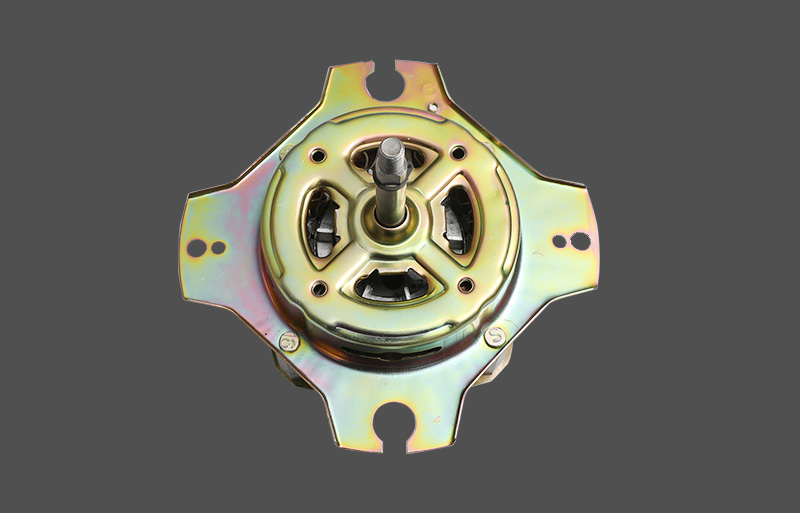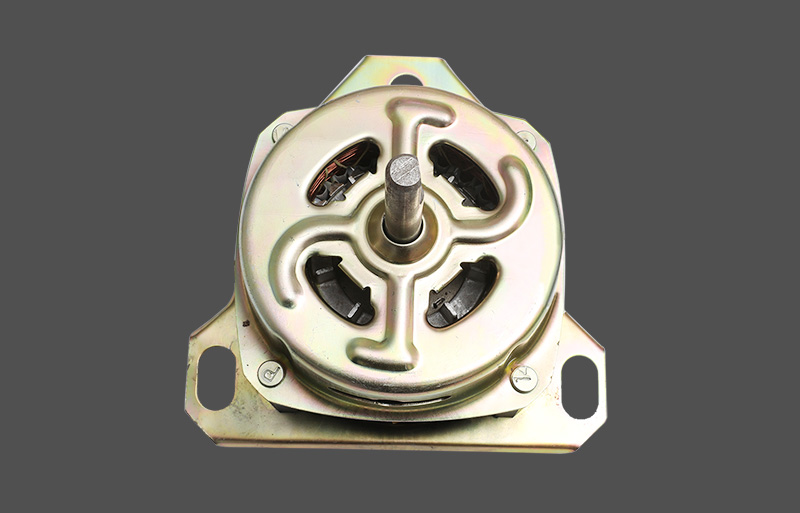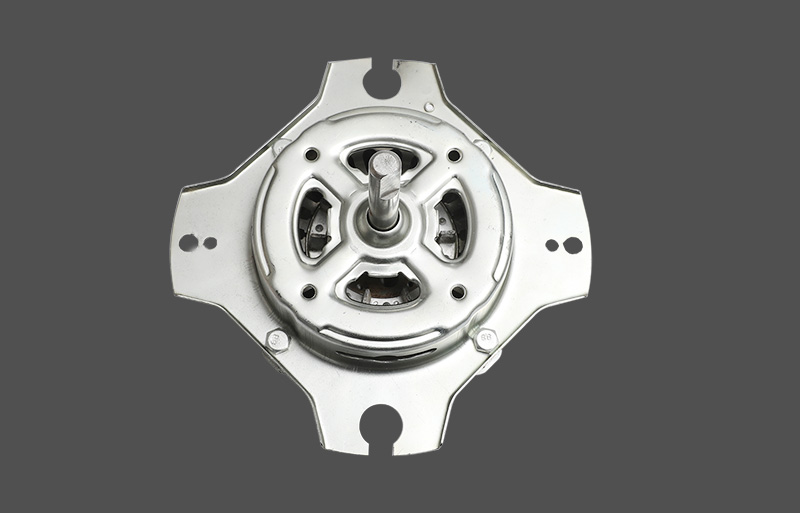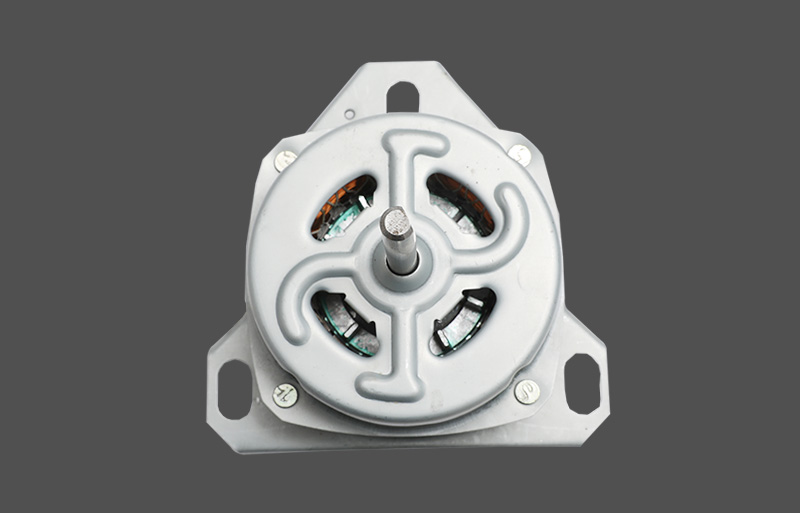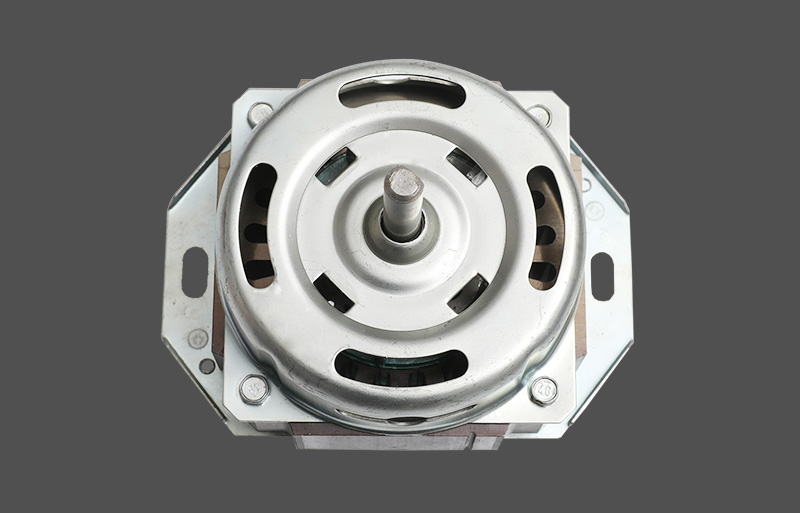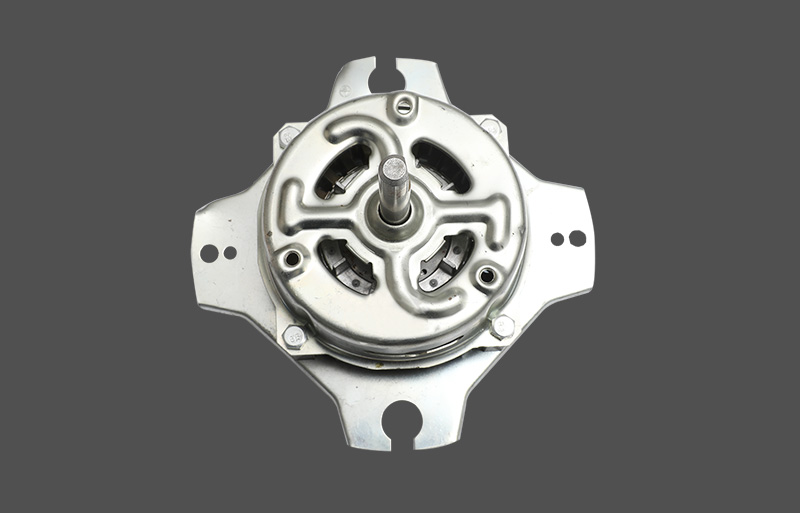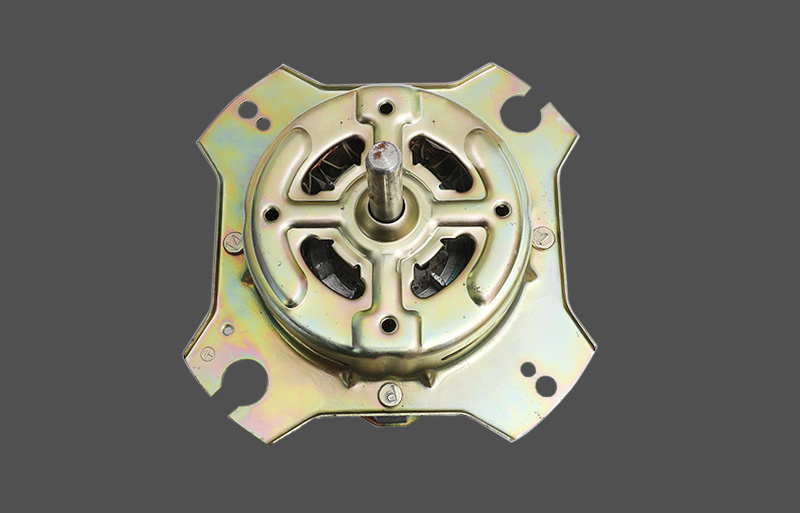Spin Machine Motor plays a vital role in the modern industrial field. The stability of its performance directly affects the operating efficiency and safety of the equipment. Insulation failure is a common type of failure in motors, which may cause short circuits, equipment damage and safety accidents. Therefore, in-depth analysis of its causes, detection methods and solutions is particularly important.
Causes of insulation failure
Material aging: The insulation material inside the motor gradually ages during long-term operation under the influence of multiple factors such as high temperature, humidity and chemical corrosion. This aging process not only reduces the insulation performance, but also may cause instability in the motor during operation.
Humidity effect: The increase in ambient humidity will cause the insulation material to absorb moisture, thereby significantly reducing its insulation strength and even causing short circuit failure.
Overheating: When the motor is overloaded or poorly ventilated, the increase in temperature will accelerate the aging of the insulation material, resulting in a shortened service life.
Mechanical damage: During the installation or maintenance of the motor, the insulation material may be subjected to mechanical shock or scratches, which will directly affect its insulation performance.
Chemical corrosion: The insulation material of the motor operating in certain chemical environments may be corroded, resulting in a significant decrease in insulation performance.
Electrical stress: During the starting and braking process of the motor, high voltage pulses may be generated, which will exert electrical stress on the insulation material, causing it to age or damage.
Detection methods for insulation faults
In order to effectively solve insulation faults, it is necessary to first conduct a comprehensive inspection of the insulation status of the motor. Common detection methods include:
Insulation resistance test: Use an insulation resistance meter to measure the insulation resistance value between the motor winding and the housing. Usually, this value is required to be greater than 1 megohm to ensure good insulation performance.
Dielectric loss factor test: Evaluate the performance of the insulation material by measuring the dielectric loss factor (DF). The lower the DF value, the better the insulation material condition.
Thermal imaging detection: Use infrared thermal imaging technology to monitor the temperature distribution of the motor during operation, and promptly detect hot spots caused by insulation faults, so as to take corresponding measures.
Partial discharge detection: Use professional equipment to detect partial discharge inside the motor to evaluate the health of the insulation material and promptly detect potential risks.
Solutions for insulation faults
In order to ensure the long-term stable operation of the motor, effective solutions must be adopted:
Regular maintenance and inspection: Develop a detailed maintenance plan and regularly check the insulation status of the motor. Through insulation resistance and dielectric loss factor tests, potential fault hazards can be discovered in time.
Select high-quality insulation materials: In the design and manufacturing process of the motor, high-quality insulation materials are preferred to ensure that they have good heat resistance, moisture resistance and chemical corrosion resistance.
Improve the working environment: Optimize the working environment of the motor, reduce humidity, and avoid the influence of chemical corrosion. If necessary, use moisture-proof and anti-corrosion materials for protection to extend the service life of the equipment.
Strengthen the cooling system: Ensure the normal operation of the motor cooling system to avoid aging of insulation materials caused by overheating. Check the cooling device regularly to ensure that it dissipates heat effectively.




